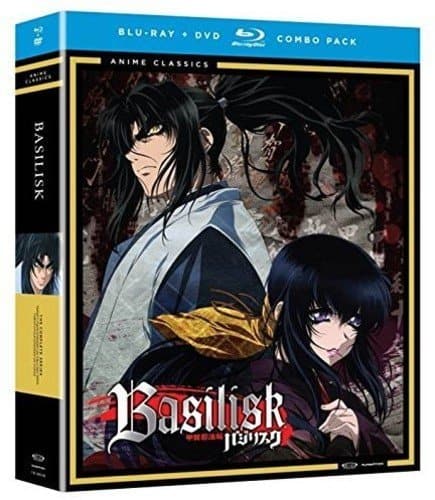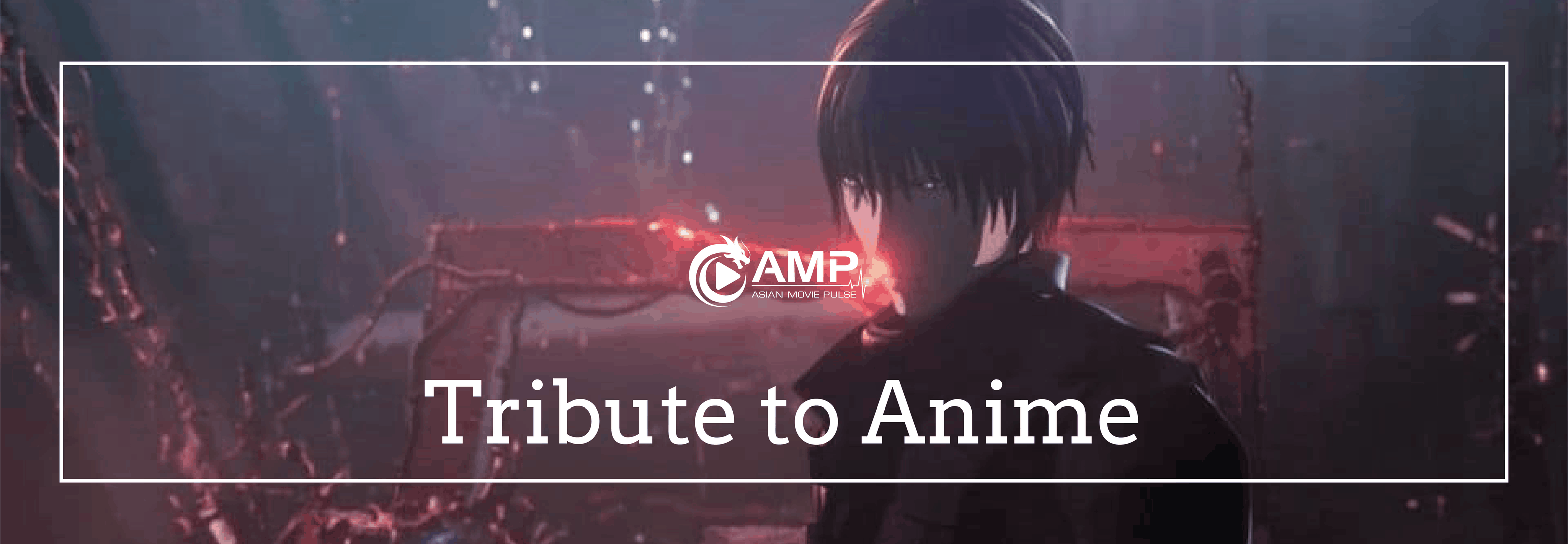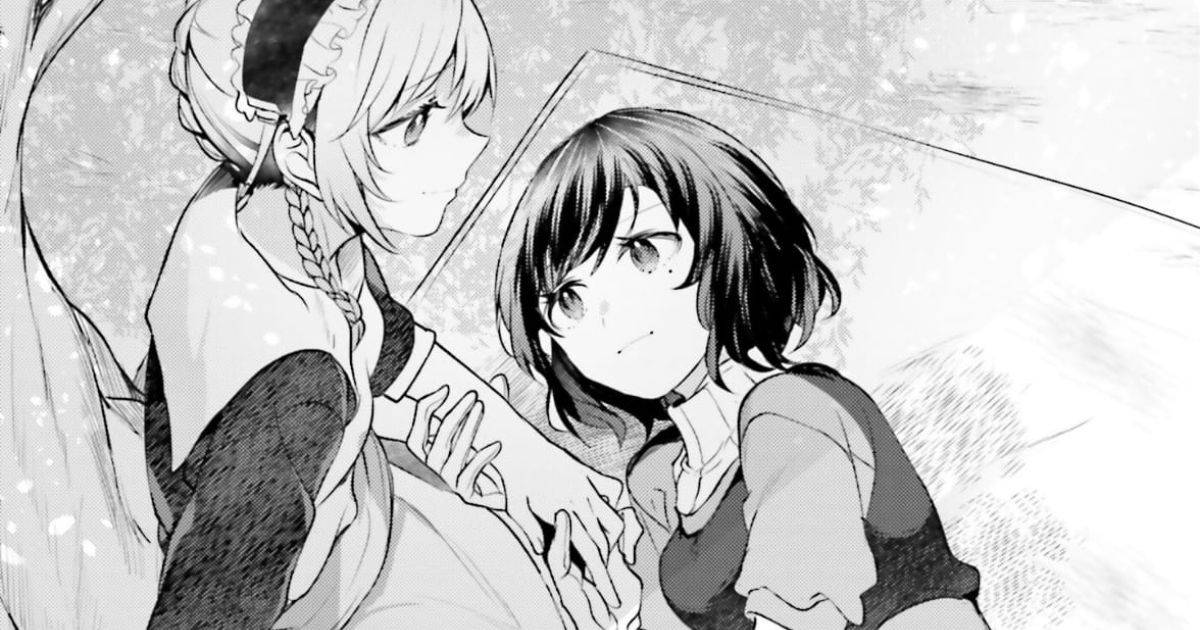Based on a manga written and illustrated by Masaki Segawa, which was also adapted, by the 1958 novel “The Kouga Ninja Scrolls” by Futaro Yamada, “Basilisk” seems to follow closely the aesthetics of “Ninja Scroll”, expanding them significantly, however, by presenting the ninjas as fodder for a fight that is taking place on a much higher level than their own.
Buy This Title

In the late 16th century, two rival ninja clans, the Iga Tsubagakure and Kouga Manjidani have been involved in a fight that has been going on for ages, with a number of them not even being sure what started it. The fighting finally ends when Hattori Hanzo the 1st succeeds in forging a cease fire between the two clans by conscripting both into the service of Tokugawa Ieyasu. The bad blood of centuries remain, but the pact actually allows for some peace, and even more remarkably, for the two future leaders of the clan, Gennosuke from Kouga and Oboro from Iga to fall in love, to the point that they are even preparing to get married. Alas, a succession dispute has risen concerning which of Ieyasu's grandsons are destined to take up the reins of power when their father finally decides to step down, and the solution the higher ups come up with, is to break the pact among the two ninja clans, and have ten of the best fighters of each fight each other, with each group representing one of the heirs. The winning one will also dictate the successor. Unbeknownst of the game that is played in their backs, the two leaders of the clans select their ten best fighters, which are recorded in two identical scrolls, and allow their feud to bloom fully again. Expectedly, soon all hell breaks loose.

The way Fuminori Kizaki presents the two sides is one of the most interesting aspects of the narrative. While Oboro appears to be the most likeable among all the characters presented, the Iga almost immediately take up the role of the favorite/villain, particularly because they exhibit much more cunningness in the way they proceed with the battle, thus, in conjunction, making the Koga the outsider/heroes, particularly due to the nobility Gennosuke exhibits, even when it becomes obvious that he has realized he has fallen into a trap. As time passes, however, it is revealed that there are true monsters on both sides, that both groups are equally cruel and cunning, to the point that this sense is toned down, although not completely, particularly through the presence of Tenzen, whose role is revealed as something completely different than anyone suspected.
On a second aspect, which becomes more intense as the story progresses, it becomes evident that, despite its overwhelming power, these people are actually exploited and used as tools by a higher power that exploits their century-long feud to pit them against each other, thus deeming them as truly tragic figures. Gennosuke and Oboro are the main mediums of this approach, as they find their happiness destroyed just as it was about to bloom fully and bridge the gap of the two clans, but the same applies to a number of other characters, as various relationships are revealed as the episodes pass.
This aspect induces the narrative with a distinct drama element that frequently borders on tragedy, but as the focus on Tenjen and his back story becomes more intense, the exploitation element is also stressed significantly, with the torture and the rape efforts being presented in horrendous fashion, mostly through the sound. At the same time, though, even this element does not exist solely for impression, but is well-embedded in the story, adding much to the whole context.
In a style similar to “Ninja Scroll”, the action is impressive as it is brutal, benefiting the most by the outstanding character design of Michinori Chiba, who has induced all characters with a uniqueness that fits their individual powers to perfection. The animation by Gonzo is also excellent in that regard, although the non-action scenes are equally artful.
Despite a bit of lagging towards the end, “Basilisk” is an excellent title that retains interest from beginning to end, through a great combination of bloody action and character-driven drama.















